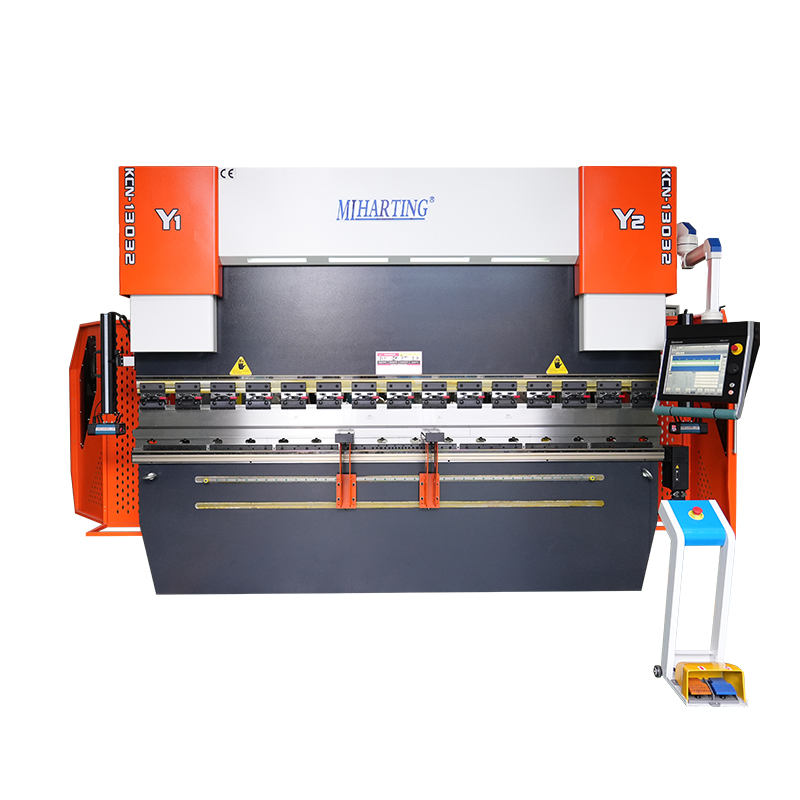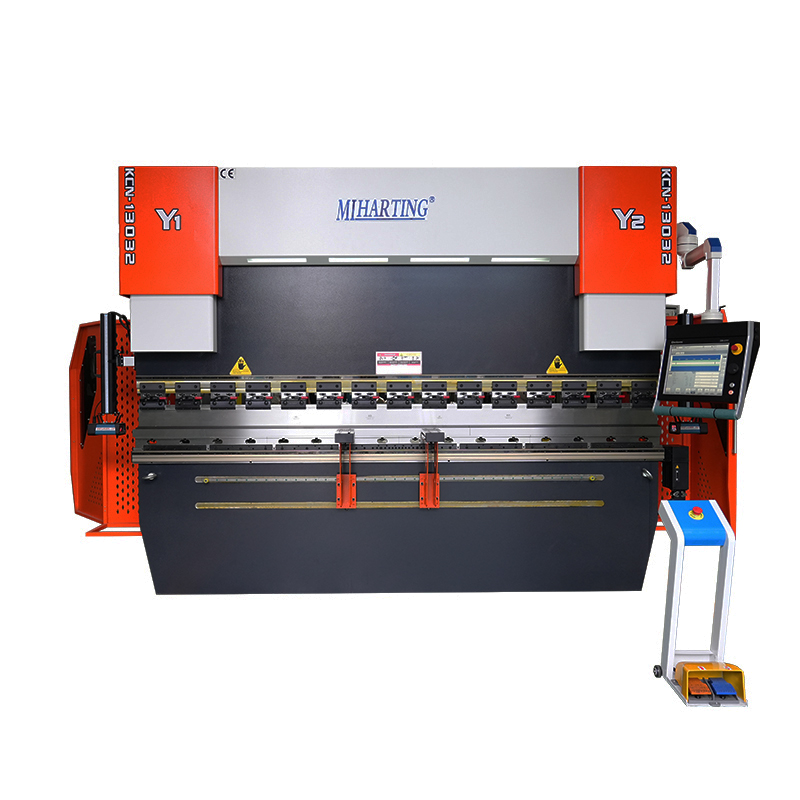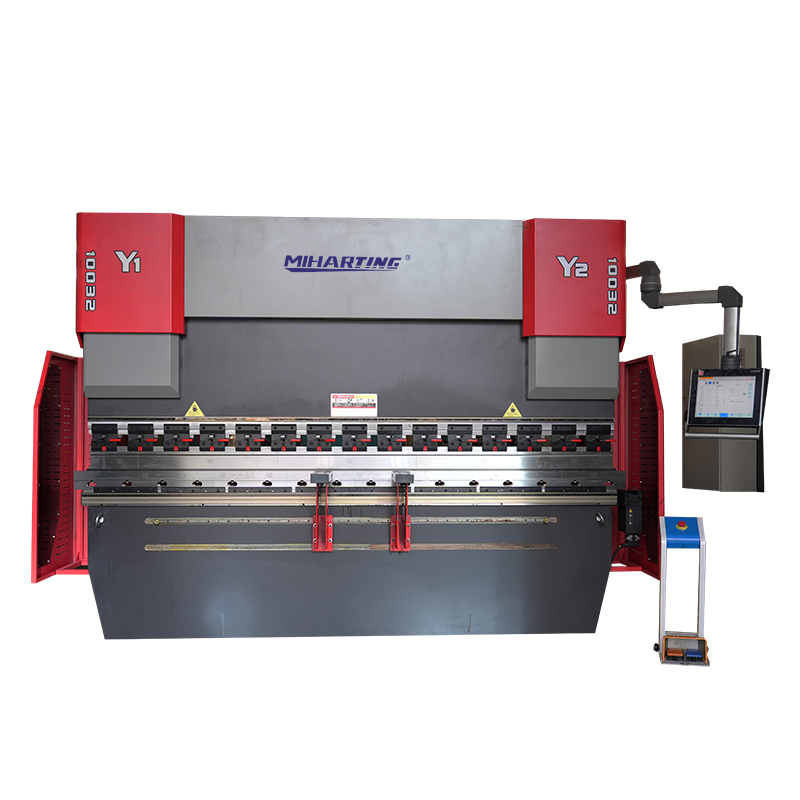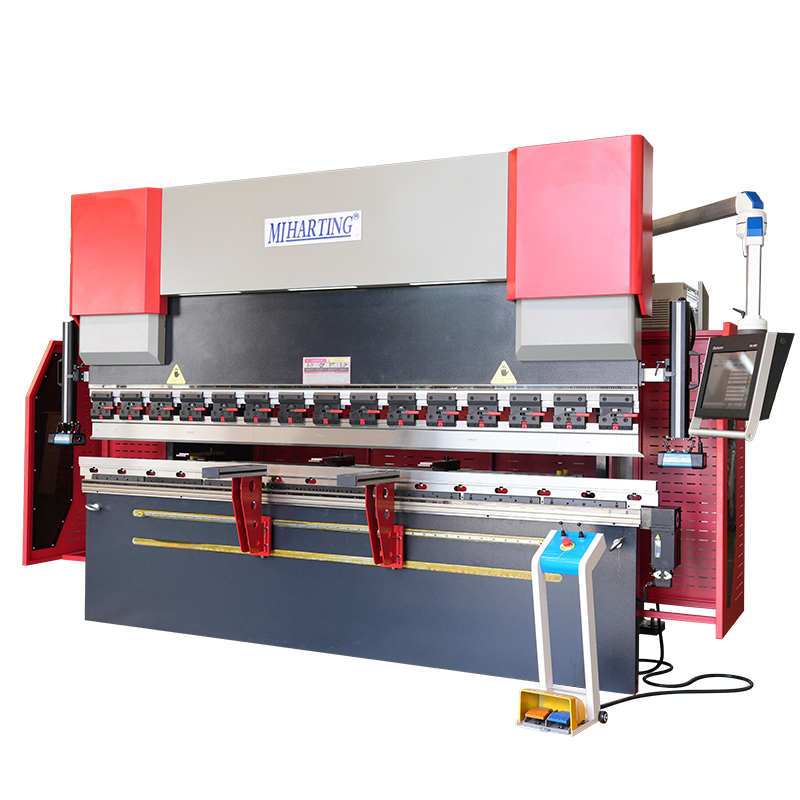CNC bending machines have revolutionized the metal fabrication industry, providing unprecedented levels of precision and efficiency. In this comprehensive guide, we will explore everything you need to know about CNC bending machines, including their history, how they work, types of CNC bending machines, applications, advantages, and future trends.
History of CNC Bending Machines
The first CNC bending machine was developed in the 1960s. It was a hydraulic press brake that used a punched tape to control its movements. Over time, the technology advanced, and computer-controlled systems replaced the punched tape. Today, CNC bending machines use advanced software and hardware to provide unparalleled accuracy and efficiency.
How do CNC Bending Machines Work?
CNC bending machines use computer-controlled systems to bend metal sheets or plates into specific shapes. The process starts with creating a digital design of the desired shape. The design is then uploaded to the CNC bending machine's computer, which controls the machine's movements to bend the metal sheet or plate according to the specified design. The machine uses a series of dies and punches to bend the metal accurately and precisely.
Types of CNC Bending Machines
There are several types of CNC bending machines, including press brakes, panel benders, and folding machines. Press brakes are the most common type of CNC bending machine and use a hydraulic press to bend the metal. Panel benders use rollers to bend the metal, while folding machines use a combination of rollers and blades to create folds in the metal.
Applications of CNC Bending Machines
CNC bending machines have a wide range of applications in various industries, including aerospace, automotive, construction, and electronics. They are commonly used for making parts and components such as brackets, enclosures, housings, and panels. CNC bending machines can also be used for creating decorative elements in architecture and design.

Advantages of CNC Bending Machines
CNC bending machines offer several advantages over traditional bending methods. They provide high accuracy and precision, which results in better quality products. CNC bending machines also offer faster production times, higher throughput, and lower labor costs than manual bending methods. Additionally, CNC bending machines can handle a wide range of materials, including aluminum, brass, copper, stainless steel, and titanium.
Future Trends in CNC Bending Machines
The future of CNC bending machines looks bright, with ongoing advancements in technology and automation. Today's CNC bending machines are becoming more sophisticated, with innovations such as real-time monitoring, predictive maintenance, and machine learning. These advancements will further increase productivity, reduce costs, and improve the quality of the final product.
Conclusion CNC bending machines have transformed the metal fabrication industry, providing unparalleled levels of accuracy, precision, and efficiency. As technology continues to advance, CNC bending machines will become even more sophisticated, automated, and intelligent. By understanding the history, working principles, types, applications, advantages, and future trends of CNC bending machines, you can stay ahead of the curve and take advantage of this exciting technology to grow your business.






